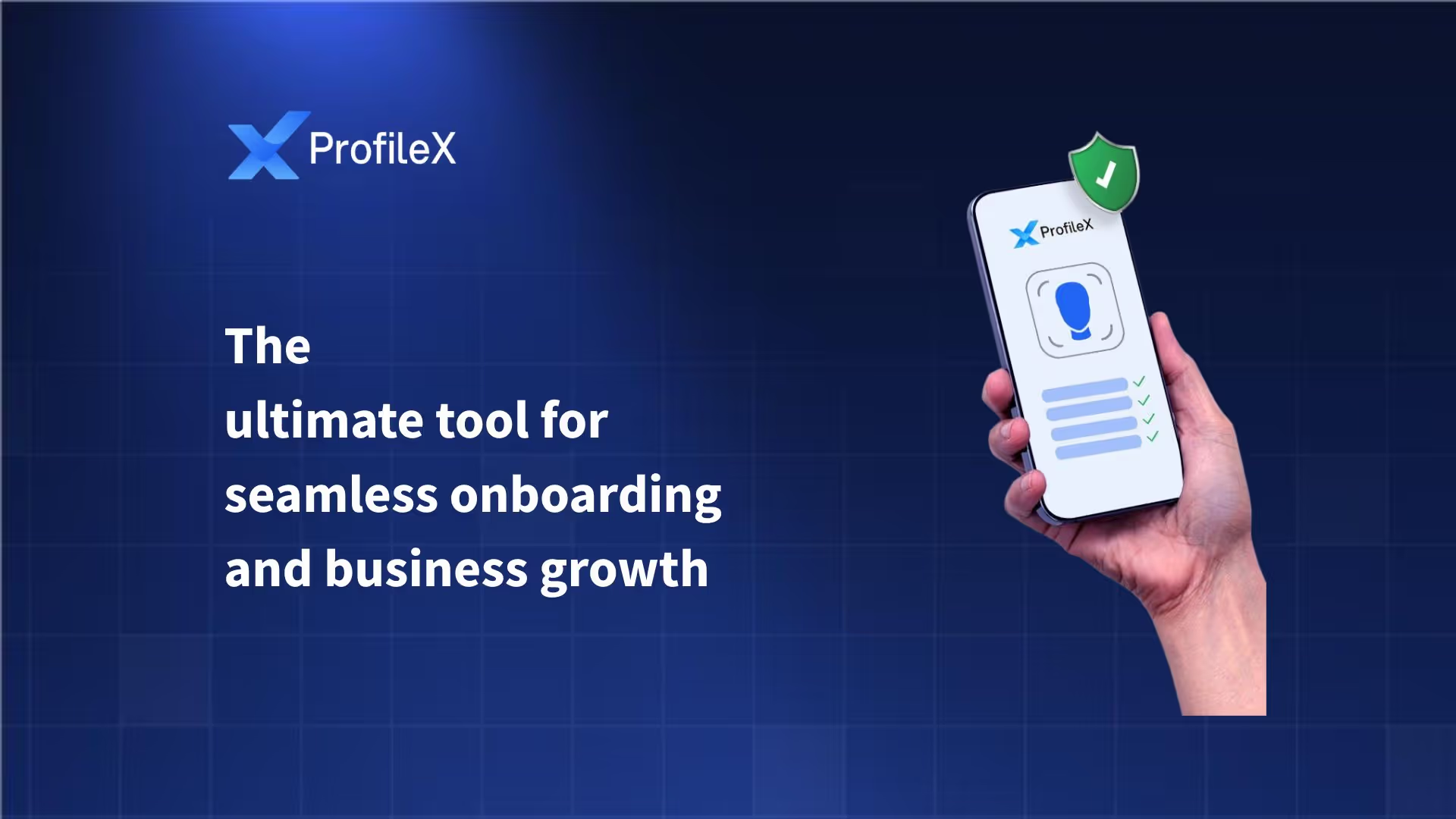Credit, especially in the financial sector, is a high-stakes game where even one misstep can lead to serious consequences for companies and institutions, potentially impacting entire economies.
So, how do we navigate this minefield without putting the system at risk? The answer lies in credit risk analysis—a careful examination of the return on investment (ROI) and potential default risks every time credit is granted. However, this process has become far more detailed. With FinTech disruptors continuously shifting the market, economic volatility becoming the norm, and regulatory scrutiny tightening amid rising fraud and financial crimes, credit risk analysis has become more complex.
For example, the rate of delinquencies—where borrowers fail to make timely loan payments—has been increasing. Commercial real estate loans saw delinquencies reach 0.22% by the end of 2023, while commercial mortgage-backed securities experienced a steeper climb to 4.7% in early 2024. These trends show how rising interest rates and economic instability have made credit risk analysis increasingly challenging.
Today, the best approach combines time-tested methodologies with cutting-edge technology to analyze credit risks more effectively. This guide will help you learn how to do that, deepen your understanding of credit problems and risk management, and upgrade your existing analysis process. But first, let’s cover the basics.
What is Credit Risk?
Credit risk refers to the possibility that a borrower or counterparty will fail to fulfill their financial obligations according to the agreed terms. This could be in the form of missed loan payments, defaults, or even bankruptcy.
For lenders, such as banks or investment firms, credit risk directly impacts profitability and financial health. For businesses, it can affect cash flow, operational stability, and long-term growth.
What is Credit Risk Analysis?
Credit risk analysis involves evaluating the likelihood of a borrower defaulting on their financial obligations. This comprehensive assessment examines a potential borrower's creditworthiness, financial history, and capacity to repay.
The analysis helps lenders and businesses make informed decisions about extending credit, determining loan amounts and establishing terms.
The process typically involves:
- Gathering financial information on the borrower
- Analyzing their credit history and current financial status
- Assessing external factors that might affect their ability to repay
- Quantifying potential risks using various models and metrics
- Making a decision based on the risk assessment and the lender's risk tolerance
Who Needs to do a Credit Risk Analysis?
Credit risk analysis is crucial for a wide range of entities, including:
- Banks and financial institutions
- Credit card companies
- Mortgage lenders
- B2B companies offering trade credit
- Investors in bonds or other debt instruments
- Insurance companies
- FinTech companies offering loans or credit products
Even small businesses that offer payment terms to customers must perform some level of credit risk analysis to protect their cash flow and financial health.
Why is Credit Risk Analysis Critical?
In an era of economic uncertainty and rapidly changing market conditions, credit risk analysis has become more important than ever. Here's why:
- Financial Stability: Effective credit risk analysis helps maintain the financial stability of lending institutions and businesses by minimizing potential losses from defaults.
- Regulatory Compliance: Many industries, especially banking and financial services, are subject to strict regulations regarding risk management. Proper credit risk analysis is often a regulatory requirement.
- Informed Decision Making: It provides a basis for making informed decisions about lending, pricing, and credit terms.
- Resource Allocation: By identifying high-risk and low-risk borrowers, companies can allocate their resources more efficiently.
- Competitive Advantage: Better risk assessment allows companies to offer more competitive terms to low-risk customers while appropriately pricing higher-risk loans.
What is the Purpose of Credit Risk Analysis?
The main goal of credit risk analysis is to strike a balance between risk and reward. It aims to:
- Minimize Potential Losses: By identifying high-risk borrowers, lenders can avoid or mitigate potential losses.
- Optimize Pricing: Risk-based pricing ensures that the interest rates or terms offered reflect the level of risk associated with each borrower.
- Improve Portfolio Management: For institutions managing large loan portfolios, credit risk analysis helps maintain a balanced and diversified portfolio.
- Enhance Strategic Decision Making: It provides insights that can inform broader business strategies, such as which market segments to focus on or which products to develop.
- Build Trust and Reputation: Robust risk management practices can enhance a company's reputation among investors, regulators, and customers.
Credit Problems and Risk Management
Credit risk management goes beyond individual borrower assessment. It involves managing risks at a portfolio level and addressing systemic issues. The Bank for International Settlements (BIS) has identified three key areas of focus:
1. Concentration Risk:
This isn't just about the largest borrowers, but about exposures where expected losses could significantly deplete capital. For example, in trade credit, offering the same terms to a startup and a public company represents different levels of concentration risk.
2. Credit Processes:
These encompass the steps taken to assess, measure, and conduct credit risk analyses. Errors in these processes can lead to significant credit problems, such as:
- Using unvalidated value-at-risk (VaR) models.
- Making inconsistent or non-replicable decisions.
- Poor monitoring of collateral and fraud risks.
- Mispricing of non-financial collateral.
3. Market and Liquidity-Sensitive Exposures:
This includes risks from foreign exchange, financial derivatives, and contingent liabilities. It's crucial to distinguish between a borrower's willingness and ability to pay, especially when dealing with illiquid collateral or volatile markets.
How to Analyze Credit Risk: A 5-step Guide
Step 1: Gather Comprehensive Information
Begin by gathering key financial documents such as balance sheets, income statements, and cash flow reports to assess the borrower's financial health. Additionally, review their credit scores, bank statements, tax returns, and, in the case of businesses, their business plans.
Analyze market trends to gain broader context about the borrower’s industry.
Step 2: Assess the Five C's of Credit
Evaluate the borrower’s character (credit history and reputation), capacity (income, cash flow, existing debt), capital (financial strength), collateral (assets to secure the loan), and conditions (loan purpose and external market factors).
Step 3: Utilize Quantitative Models
Use credit scoring models and advanced tools like Probability of Default (PD), Loss Given Default (LGD), and Exposure at Default (EAD) to assess risk. These models provide a numerical estimate of potential losses, with Expected Loss (EL) calculated using the formula: EL = PD x LGD x EAD.
Step 4: Perform Qualitative Analysis
Beyond the numbers, assess the borrower’s management team, experience, and strategic decisions. Consider broader economic factors like regulatory changes and industry trends that could influence the borrower’s financial stability.
Step 5: Conduct Stress Testing and Scenario Analysis
Simulate various economic conditions, such as recessions or market shocks, to test the borrower’s resilience. This helps determine how well they can continue to meet repayment obligations under unfavorable conditions and protects the overall loan portfolio from unexpected risks.
3 Ways to Upgrade Your Credit Risk Analysis Process
1. Refine Credit Scoring Techniques
To enhance credit scoring, move beyond traditional methods by incorporating real-time financial activities and cash flow status.
Consider external factors like economic stability and industry trends, while implementing market and performance trend analysis for a more comprehensive assessment.
2. Incorporate Trend Analysis
Analyze the client's business performance over-time and monitor relevant market environment trends.
Track national and global economic trends affecting the client's industry, and keep a close eye on changes in their debt-to-income ratio to gain deeper insights into their financial health.
3. Embrace New Technology and Tools
In a 2024 McKinsey survey of senior credit risk executives from 24 financial institutions revealed that 20% have implemented at least one generative artificial intelligence (AI) tool in their processes, with another 60% planning to do so within the year.
These tools, especially AI and machine learning, offer enhanced credit risk modeling and continuous monitoring of customer financial health.
The Fault(s) in the Current Credit Risk Assessment Systems
Current credit risk assessment models are failing to keep pace with the rapidly changing financial market. Traditional models, once reliable, now struggle to capture the complexities of modern economies and innovative business structures. This gap between risk assessment capabilities and real-world dynamics exposes lenders to unforeseen vulnerabilities.
As financial institutions grapple with these challenges, the need for a fundamental overhaul of risk assessment methodologies becomes increasingly urgent.
- Over-reliance on Historical Data: Traditional models often rely heavily on historical data, which may not accurately predict future performance, especially in rapidly changing economic conditions.
- Limited Scope of Traditional Credit Scores: While useful, credit scores don't capture the full financial picture of an individual or business.
- Difficulty in Assessing New Business Models: Emerging industries and innovative business models often lack historical data, making risk assessment challenging.
- Inadequate Consideration of Macroeconomic Factors: Many risk assessment systems fail to adequately account for broader economic trends that can impact creditworthiness.
- Bias in Algorithmic Decision-Making: AI and machine learning models can inadvertently perpetuate or even exacerbate existing biases in lending practices.
- Data Quality and Consistency Issues: Inaccurate or inconsistent data can lead to flawed risk assessments.
- Lack of Real-time Updates: Many systems don't incorporate real-time financial data, leading to outdated risk profiles.
How Neokred Fills Loopholes for Accurate Credit Risk Analysis
Neokred’s mission is to address the critical gaps in traditional credit risk assessment, enhancing accuracy and fairness. By integrating diverse data sources, including alternative and real-time data, it creates a more comprehensive borrower profile.
Neokred's real-time monitoring ensures risk profiles stay current, while customizable models adapt to specific business needs. By incorporating alternative data and focusing on bias mitigation, we extend reliable risk assessment to underserved markets. This innovative approach leads to more informed lending decisions and healthier loan portfolios.
Upgrading your current credit risk analysis process is a crucial step towards ensuring your institution or business’s long-term financial stability and success, and partnering with Neokred will give you that much-needed edge needed to thrive in the current era. Talk to our sales team today.
Conclusion
FAQs
The five components of credit risk analysis include the borrower's credit history, capacity to repay, capital, collateral, and current market conditions affecting their ability to repay the loan.
The credit risk analysis process involves evaluating a borrower’s financial information, assessing their repayment capacity, reviewing collateral, and considering external factors like economic conditions and market trends.
Credit risk is typically calculated using models that consider factors like the borrower’s credit score, financial history, loan terms, and the probability of default to estimate potential losses.





